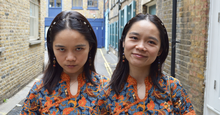Authentic Archetypal Branding
After Awakening the Heroes Within (1991) was published, I began to recognize the archetypes I wrote about being used in advertisements. I was aware that too many individuals and organizations focus on promoting an image of themselves unrelated to what they genuinely care about and value. When there is a large gap between the real self and what we are trying to convince the world we are, the result is, at best, a shallow and empty life. Then the phone rang. It was Margaret Mark, Executive Vice President of Young & Rubicam, inviting me to advise the agency about archetypes in branding.
Jungian analysts help their clients connect with their deeper selves through the individuation process, often by identifying an archetype that supports their authenticity. When psychological healing has occurred and a connection between the unconscious and conscious mind had been established, the next step in Jungian analysis is often to “polish the personae,” which involves developing an authentic personality that puts a client’s best self forward.
I recognized that authentic branding through agencies could apply this Jungian process to organizations, especially those that want to stand for something deeper than just profit. Beginning with growing self-awareness, the organization comes to know itself in a new way. Archetypes are initially unconscious and are then endorsed by conscious reflection. It is possible to work with an organization to uncover the archetype that is authentically present and genuinely bonds the people in it together. This allows them to deliver on the branding promise automatically and, thus, consistently, because the organization offers to the world what those involved are genuinely motivated to provide.
The PMAI® can be utilized in the branding process in many ways, but here are a few:
- Individual branding for sole practitioners or for people within organizations who want their contributions to be valued and their value to be recognized
- Small businesses, nonprofits, advocacy groups, and mission-driven for-profits in clarifying their true values rather than the typical ones used in many value statements
- Start-ups and growing entrepreneurial enterprises to discover their driving archetypes and assist employees to stay true to founding archetypal values
Overall, fidelity to a positive archetypal promise can draw in potential customers, clients, and job seekers to you and your enterprise, promote employee and customer loyalty, and allow you to consistently deliver on your branding promise, mission, and purpose.




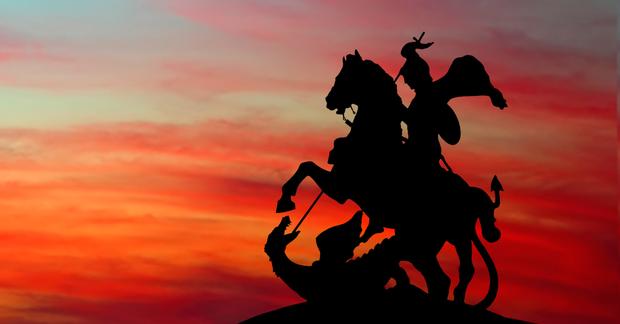





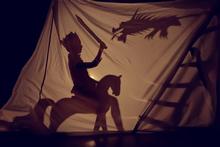
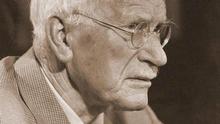


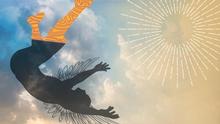






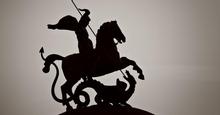
_thumb.png)
_thumb.png)


